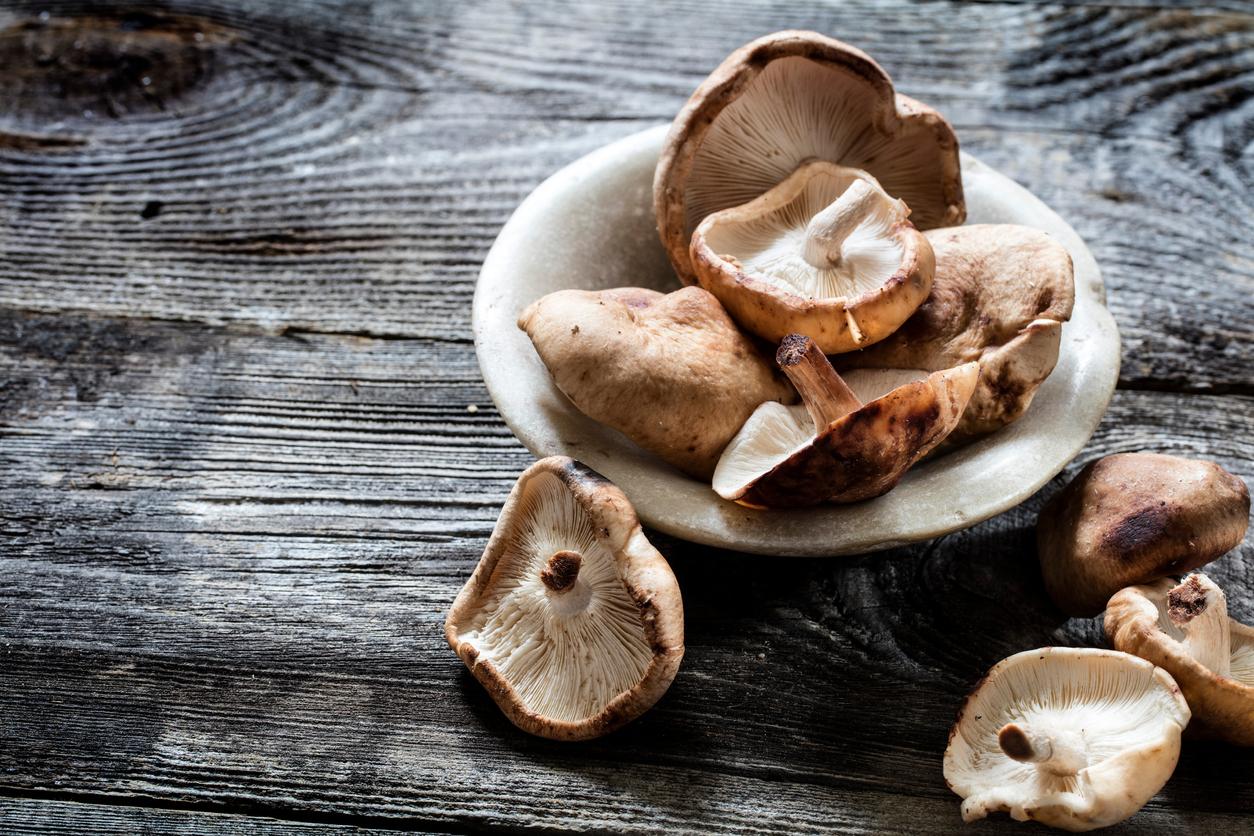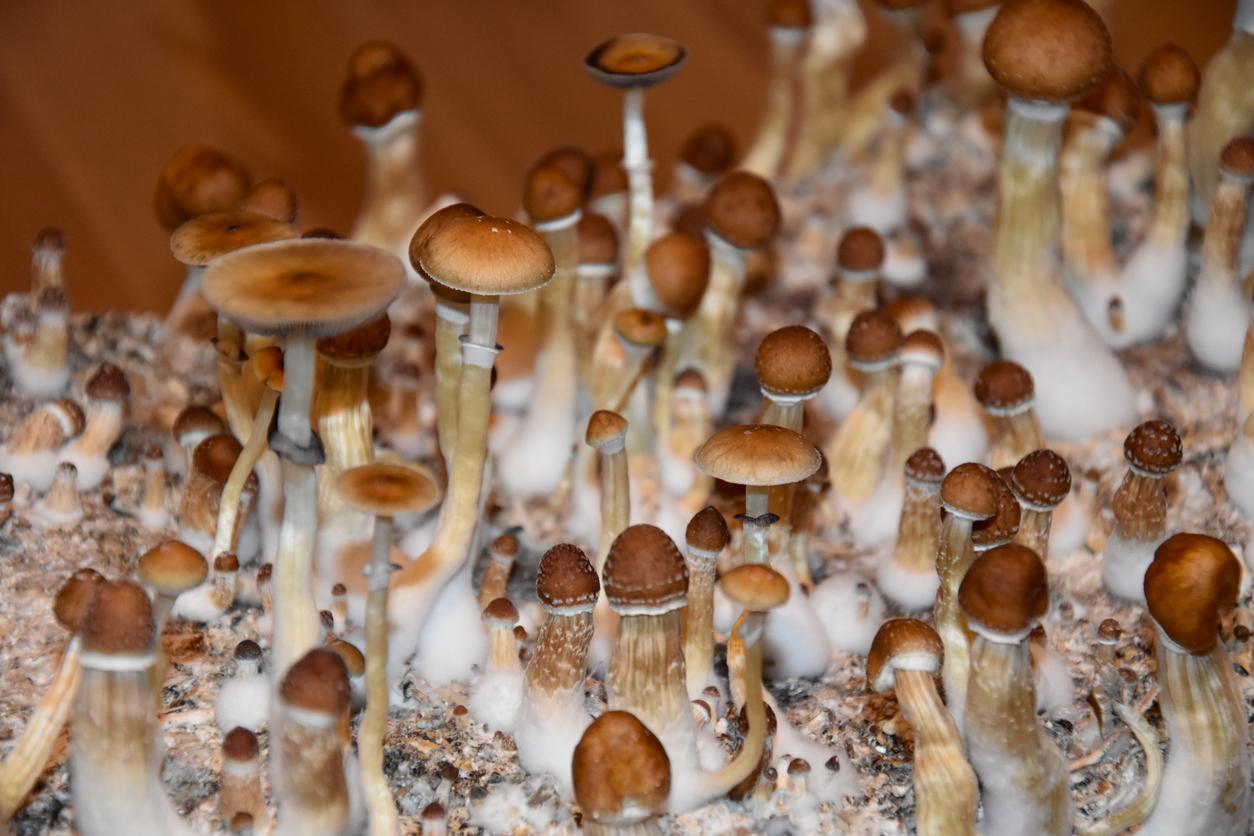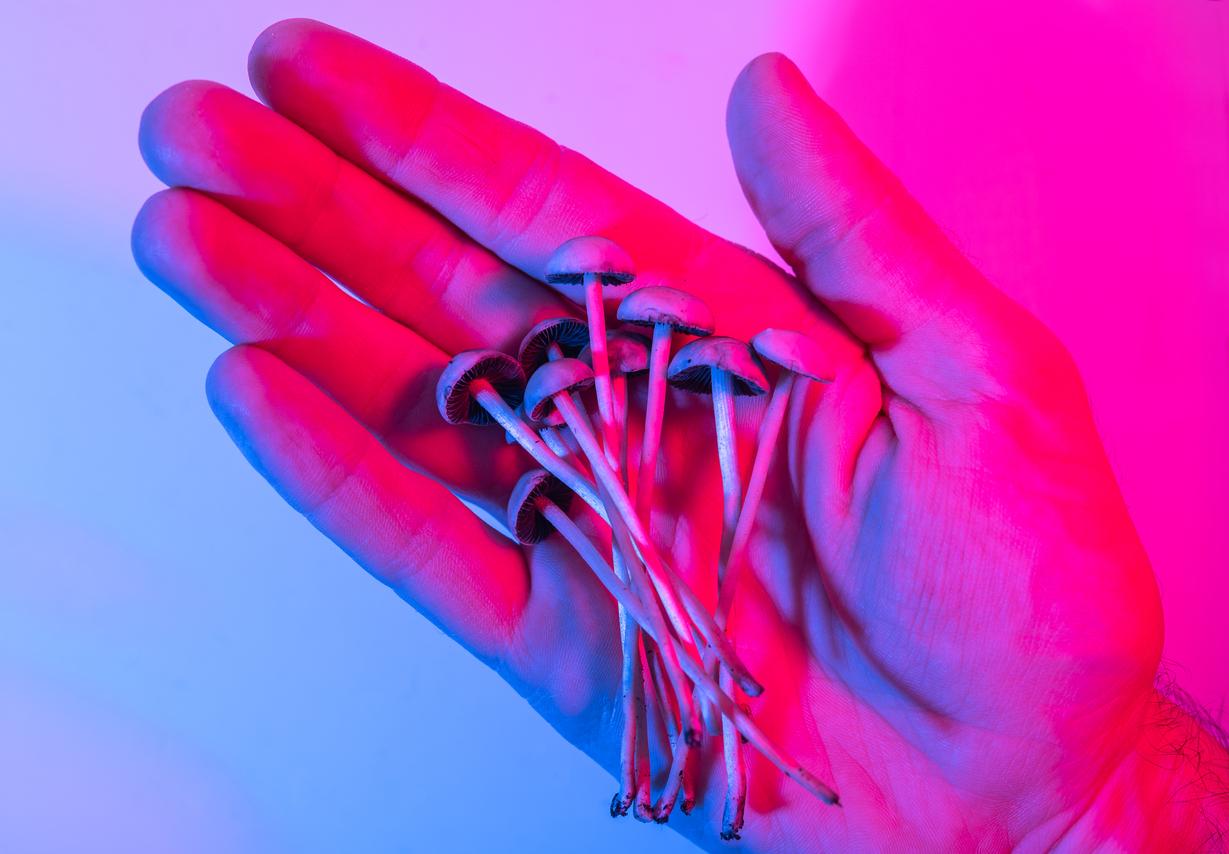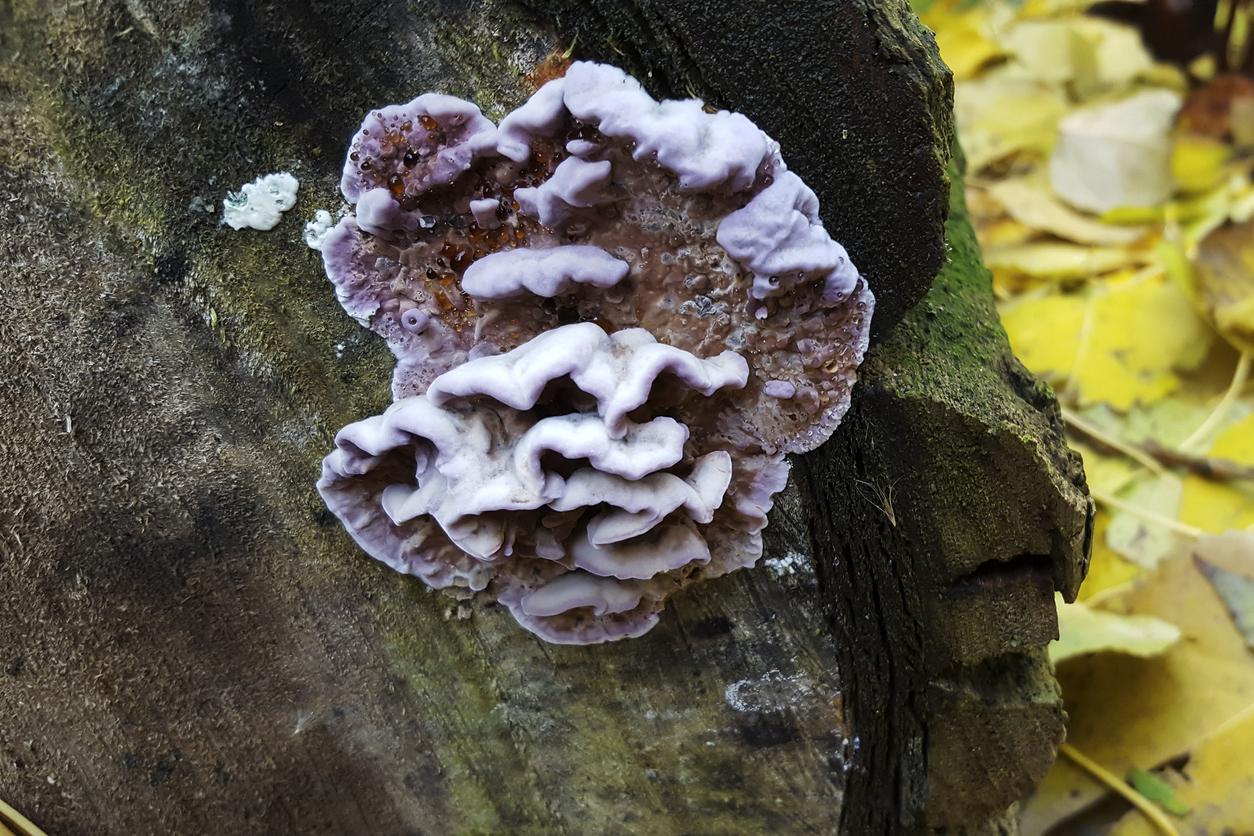Between 1991 and 2013, 14 cases of amyotrophic lateral sclerosis (ALS) were diagnosed around La Plagne-Tarentaise, a commune in Savoie. Charcot’s disease (this is the “common” name for amyotrophic lateral sclerosis) normally affects between 4 and 6 individuals out of 100,000 in France: the Savoyard town therefore had a prevalence 20 times higher than the national average…
This medical mystery has just been solved: according to a study conducted jointly by researchers from the Grenoble University Hospital and the University of Oregon (in the United States), the abnormally high number of cases of Charcot disease in the region could be explained by the consumption of a toxic mushroom.
A fungus that causes neuron degeneration
As explained by the researchers, who published their work in the Journal of Neurological Sciencesthe giant gyroscope (Gyromitra gigas) is a mushroom very present in the Tarentaise valley. Also called “false morel”, this mushroom would emit “genotoxins” who could “induce motor neuron degeneration“, thus promoting the occurrence of amyotrophic lateral sclerosis.
However, according to Franco-American studies, all patients have consumed this toxic mushroom during their lives: “ALS has multifactorial causes but for us the fungus is a trigger“.
The giant gyromitre is a mushroom with a creamy-brown cap (resembling a “brain” with folds and meanders) and a creamy-white foot: present in the mountains, forests and pastures in France , it is smaller than the morel. Beware of confusion, so…
Read also :
- Mushrooms: already 3 people dead, how to pick them without risk?
- 2 recipes to make children taste mushrooms
- Amyotrophic lateral sclerosis: what are the first signs?
















